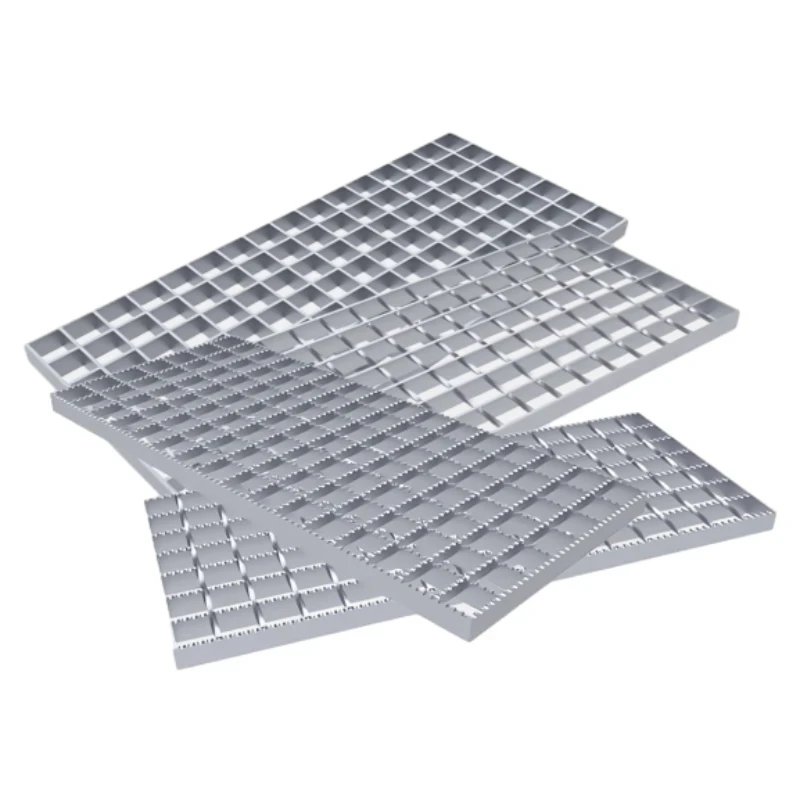- Industrial zone, South of Anping Town, Hengshui, Hebei, China.
- sales@hfpetromesh.com
- +86-18931809706
 Afrikaans
Afrikaans  Albanian
Albanian  Amharic
Amharic  Arabic
Arabic  Armenian
Armenian  Azerbaijani
Azerbaijani  Basque
Basque  Belarusian
Belarusian  Bengali
Bengali  Bosnian
Bosnian  Bulgarian
Bulgarian  Catalan
Catalan  Cebuano
Cebuano  Corsican
Corsican  Croatian
Croatian  Czech
Czech  Danish
Danish  Dutch
Dutch  English
English  Esperanto
Esperanto  Estonian
Estonian  Finnish
Finnish  French
French  Frisian
Frisian  Galician
Galician  Georgian
Georgian  German
German  Greek
Greek  Gujarati
Gujarati  Haitian Creole
Haitian Creole  hausa
hausa  hawaiian
hawaiian  Hebrew
Hebrew  Hindi
Hindi  Miao
Miao  Hungarian
Hungarian  Icelandic
Icelandic  igbo
igbo  Indonesian
Indonesian  irish
irish  Italian
Italian  Japanese
Japanese  Javanese
Javanese  Kannada
Kannada  kazakh
kazakh  Khmer
Khmer  Rwandese
Rwandese  Korean
Korean  Kurdish
Kurdish  Kyrgyz
Kyrgyz  Lao
Lao  Latin
Latin  Latvian
Latvian  Lithuanian
Lithuanian  Luxembourgish
Luxembourgish  Macedonian
Macedonian  Malgashi
Malgashi  Malay
Malay  Malayalam
Malayalam  Maltese
Maltese  Maori
Maori  Marathi
Marathi  Mongolian
Mongolian  Myanmar
Myanmar  Nepali
Nepali  Norwegian
Norwegian  Norwegian
Norwegian  Occitan
Occitan  Pashto
Pashto  Persian
Persian  Polish
Polish  Portuguese
Portuguese  Punjabi
Punjabi  Romanian
Romanian  Russian
Russian  Samoan
Samoan  Scottish Gaelic
Scottish Gaelic  Serbian
Serbian  Sesotho
Sesotho  Shona
Shona  Sindhi
Sindhi  Sinhala
Sinhala  Slovak
Slovak  Slovenian
Slovenian  Somali
Somali  Spanish
Spanish  Sundanese
Sundanese  Swahili
Swahili  Swedish
Swedish  Tagalog
Tagalog  Tajik
Tajik  Tamil
Tamil  Tatar
Tatar  Telugu
Telugu  Thai
Thai  Turkish
Turkish  Turkmen
Turkmen  Ukrainian
Ukrainian  Urdu
Urdu  Uighur
Uighur  Uzbek
Uzbek  Vietnamese
Vietnamese  Welsh
Welsh  Bantu
Bantu  Yiddish
Yiddish  Yoruba
Yoruba  Zulu
Zulu
- Afrikaans
- Albanian
- Amharic
- Arabic
- Armenian
- Azerbaijani
- Basque
- Belarusian
- Bengali
- Bosnian
- Bulgarian
- Catalan
- Cebuano
- Corsican
- Croatian
- Czech
- Danish
- Dutch
- English
- Esperanto
- Estonian
- Finnish
- French
- Frisian
- Galician
- Georgian
- German
- Greek
- Gujarati
- Haitian Creole
- hausa
- hawaiian
- Hebrew
- Hindi
- Miao
- Hungarian
- Icelandic
- igbo
- Indonesian
- irish
- Italian
- Japanese
- Javanese
- Kannada
- kazakh
- Khmer
- Rwandese
- Korean
- Kurdish
- Kyrgyz
- Lao
- Latin
- Latvian
- Lithuanian
- Luxembourgish
- Macedonian
- Malgashi
- Malay
- Malayalam
- Maltese
- Maori
- Marathi
- Mongolian
- Myanmar
- Nepali
- Norwegian
- Norwegian
- Occitan
- Pashto
- Persian
- Polish
- Portuguese
- Punjabi
- Romanian
- Russian
- Samoan
- Scottish Gaelic
- Serbian
- Sesotho
- Shona
- Sindhi
- Sinhala
- Slovak
- Slovenian
- Somali
- Spanish
- Sundanese
- Swahili
- Swedish
- Tagalog
- Tajik
- Tamil
- Tatar
- Telugu
- Thai
- Turkish
- Turkmen
- Ukrainian
- Urdu
- Uighur
- Uzbek
- Vietnamese
- Welsh
- Bantu
- Yiddish
- Yoruba
- Zulu
Cost Analysis of Galvanised Grating and Factors Affecting Pricing
Understanding the Price of Galvanised Grating Key Factors and Market Trends
Galvanised grating has gained significant popularity across various industries due to its versatility, strength, and resistance to corrosion. Used in applications ranging from industrial flooring to pedestrian walkways, the price of galvanised grating can vary widely based on several factors. Understanding these elements is crucial for stakeholders looking to purchase or invest in this material.
Material and Fabrication Costs
One of the primary determinants of galvanised grating prices is the cost of raw materials. Galvanised grating is typically made from steel or aluminium, both of which have fluctuating market prices. In recent years, global economic conditions have led to price volatility for these metals. Additionally, the galvanisation process, which involves coating the metal with zinc to enhance corrosion resistance, adds to the overall cost. The quality of the zinc and the thickness of the coating can also influence the price, with thicker coatings providing better protection against environmental wear.
Design and Load Requirements
Another important factor affecting the price of galvanised grating is its design and load-bearing capacity. Gratings can be manufactured in various styles, including plain, serrated, or custom designs, each catering to different application needs. Higher load-bearing specifications generally lead to increased material usage and, consequently, higher costs. As industrial applications often require specific configurations to meet safety regulations, the complexity of design significantly impacts pricing.
galvanised grating price

Market Demand and Supply
Market dynamics play a vital role in determining the price of galvanised grating. Regions with a high demand for construction and infrastructure projects often see increased prices due to competition among buyers. Furthermore, supply chain issues, such as disruptions in steel production or shipping delays, can lead to shortages and drive prices up. Seasonal fluctuations in demand, particularly in the construction industry, can also lead to pricing volatility.
Geographical Influences
The geographical location of both manufacturers and consumers also shapes pricing strategies. In regions with abundant raw materials and established manufacturing lines, prices might be lower due to reduced transportation costs and competition. Conversely, areas reliant on imports for their galvanised grating may face higher prices due to shipping costs and tariffs.
Conclusion
In summary, the price of galvanised grating is influenced by a multitude of factors, including raw material costs, design specifications, market demand, and geographical considerations. For buyers, understanding these elements is essential for making informed purchasing decisions. As the market continues to evolve, staying abreast of trends and changes will help industry professionals navigate pricing and ensure they obtain quality products that meet their requirements. Whether for industrial, commercial, or residential use, the proper assessment of galvanised grating prices can lead to significant cost savings and improved project outcomes.
-
Ensure Maximum Safety with Premium Safety NetsNewsJul.21,2025
-
Welded Steel Grating: The Strong Foundation for Industrial SafetyNewsJul.16,2025
-
Strong and Safe: Swaged Grating SolutionsNewsJul.16,2025
-
Smart Choice For Industrial Safety MeshNewsJul.16,2025
-
Press-Locked Steel Grating: The Ultimate in Strength and SafetyNewsJul.16,2025
-
Keep Worksites Safer With Practical NettingNewsJul.16,2025